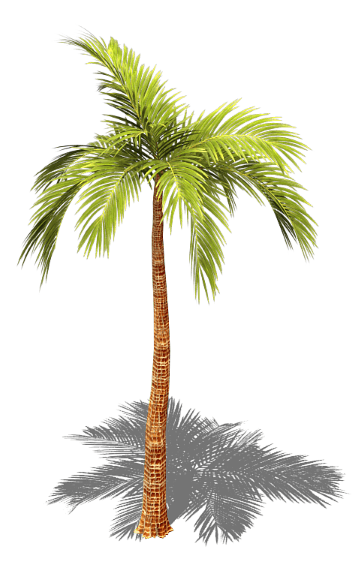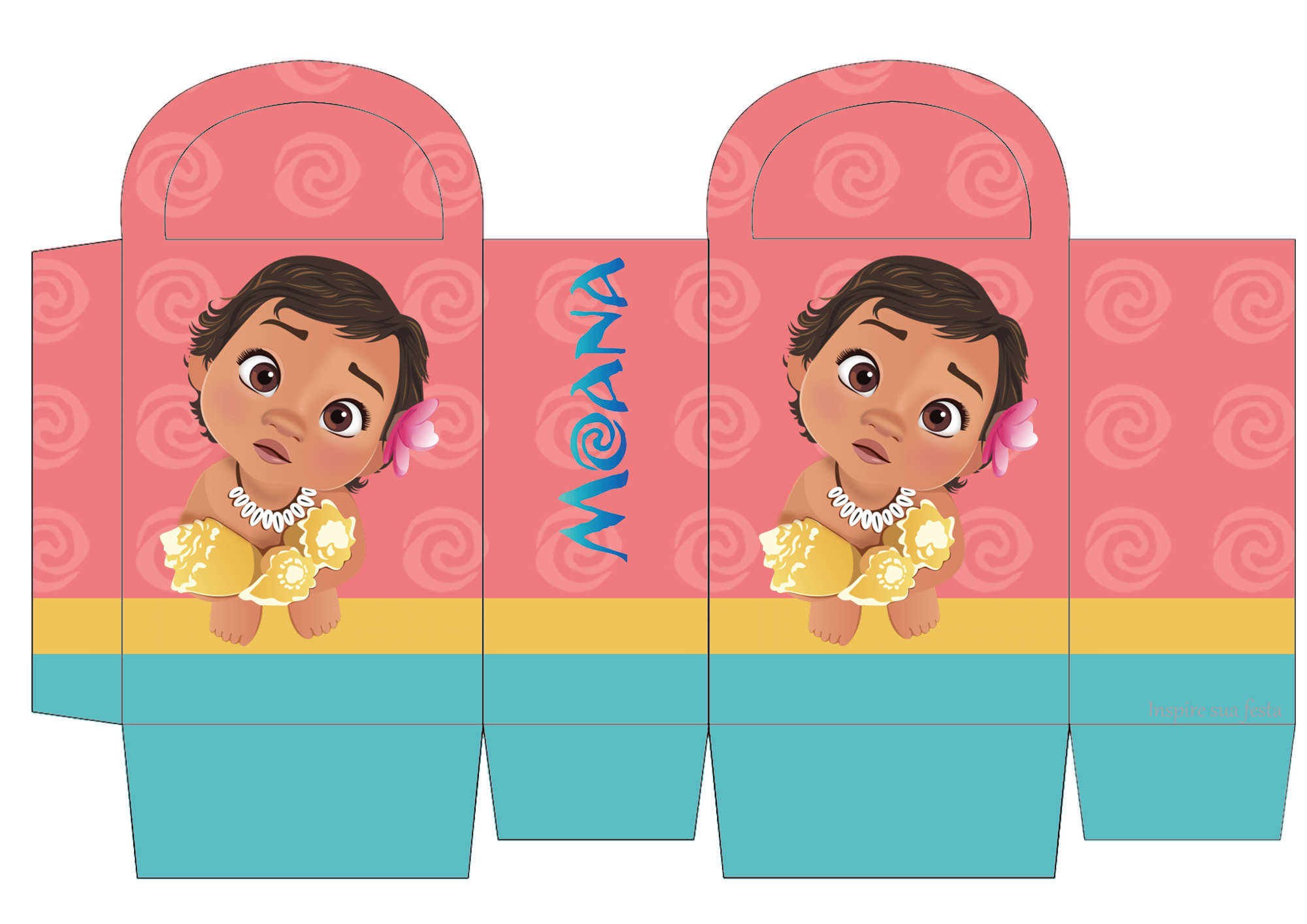

Conduct thorough research to list all the published, advertised capabilities of each tool (again, we did most of this for you).
Duckcapture make jpeg and png images software#
List all possible options in your software category – screenshot software (we did this for you here).When making any important software decision, there are several steps one should take: We put together this indepth research publication just for you. The rest of the details are too much to describe here but you can read the specification for more info.But if you are a professional, run a business, or are serious about finding the ideal screenshot software for your workflow, then you need to spend a bit more time investigating all the wonderful software options out there. The IFD is a count value (N) followed by a table of N 12-byte entries in the form of tag, type, count, and value/offset. Usually this offset is just 8 bytes into the file to place the IFD immediately next.

The first four bytes are a magic number (byte order and TIFF file version), followed by a 4-byte offset of the image file directory (IFD). It is often the output format of choice for scanners, so viewer/editor support is fairly common. TIFF can also support either big-endian or little-endian and up to 16-bits per sample. Once you get the header done, then you can stream the raw pixel data in rasterized RGB or RGBA order as it's generated. It is not as streamable and requires offset tables, but you can get around this with brute-force precalculation and by defining the entire image as a single strip. TIFF design is focused on storing rasterized scans of documents and uses a more complex TTLV-style header. If your data is not in BGR/BGRA order and you can't or don't want to convert it, my second recommendation would be TIFF: TGA format isn't as widely supported as GIF/JPEG/PNG, but you should find some viewers capable of rendering it.įor BGR data, the header would probably be (hexadecimal values):Ġx00 0x00 0x02 0x00 0x00 0x00 0x00 0x00 0x00 0x00 0x00 0x00 The width/height fields in the header must be 16-bit little-endian. The biggest limitation is samples must be in rasterized BGR order with an optional fourth channel (usually alpha but can be anything). There is no requirement for length/offset/CRC tables. It's streamable, meaning image data can be written as generated, provided it's rasterized. It has a very simple 18-byte header, then raw pixel data. TGA was designed to store rasterized images that could be quickly loaded for display into frame buffers. Uncompressed JPEG and PNG are non-trivial, and the results would likely have portability issues. But you still need to take care of how the pixels are organized in memory (for example, one byte per channel? RGB? BGR? RGBA ?) and perhaps some other issues (for example, BMP requires that the bytes per line are multiple of 4). You can use your own or some standard RAW format, or the quasi-raw BMP format. IN that case, of course, you cannot write a PNG or JPEG image. That is, you want to write the pixels in your unencoded ("raw") format. Second, it seems that you want to avoid not exactly (only) the compression, but the encoding. However: a) there are few scenarios in which that "optimization" would make a critical difference, the normal compressors are quite quick.ī) Even when encoding using some compression_level=0 setting, you are still encoding the image in a particular format (typically a header, to start with). PNG and JPEG are compressed formats, though you can instruct the encoder (at least in some PNG implementations) to use the "no compress" setting. There seem to be two different issues or motivations on your part.įirst, there is the desire to write an image in some uncompressed format to (presumably) gain speed.


 0 kommentar(er)
0 kommentar(er)
